10 Best Herbal Creams For Puffy Eyes
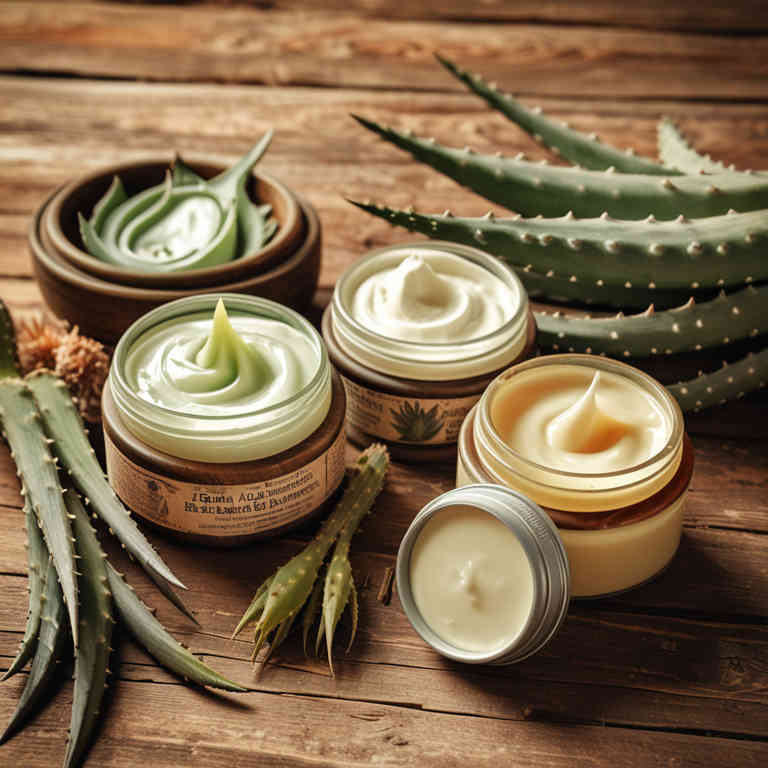
Herbal creams for puffy eyes are natural skincare products that contain plant-based ingredients known for their soothing and anti-inflammatory properties.
These creams often include herbs like chamomile, calendula, and green tea, which are believed to reduce swelling and irritation around the delicate eye area. They are typically gentle enough for sensitive skin and can be used as part of a daily skincare routine to help alleviate under-eye puffiness. Many herbal creams also contain moisturizing agents such as aloe vera or hyaluronic acid to hydrate and plump the skin.
While they may not provide immediate results, consistent use can help improve the appearance of tired, puffy eyes over time.
FREE Herb Drying Checklist
How to make sure every batch retains maximum flavor, color, and aroma without the risk of mold or over-drying. Eliminate guesswork and trial-and-error, making herb drying faster, easier, and more efficient every time.
Table of Contents
1. Matricaria chamomilla
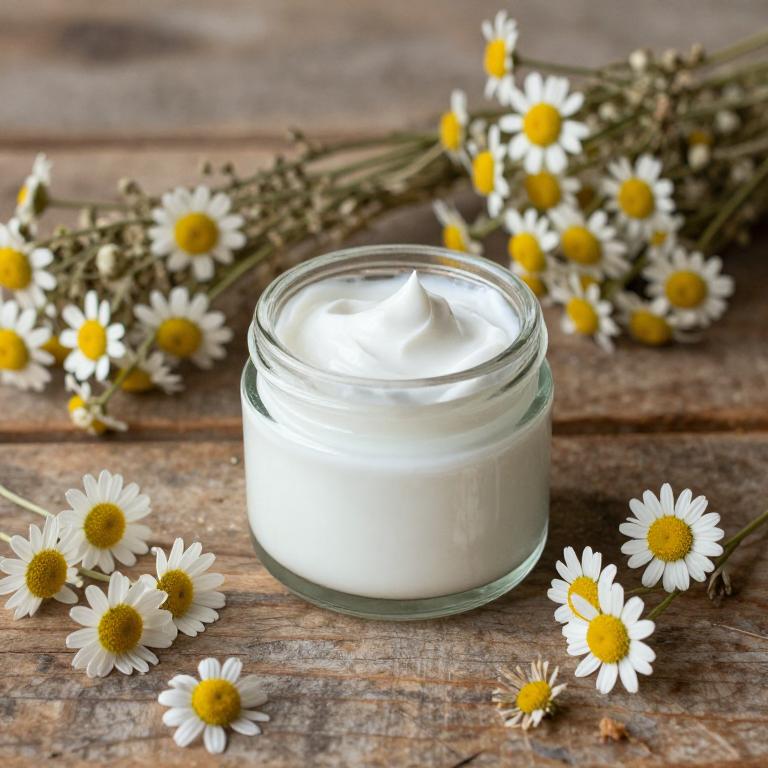
Matricaria chamomilla, commonly known as chamomile, is a popular herbal ingredient used in the formulation of creams designed to reduce puffy eyes.
These creams often contain chamomile extract, which is known for its calming and anti-inflammatory properties. The soothing effects of chamomile can help alleviate the swelling and irritation associated with puffy eyes, making it a natural remedy for tired or inflamed eyelids. Chamomile-based creams are typically gentle enough for sensitive skin and can be used daily as part of a skincare routine.
Their ability to promote relaxation and reduce redness makes them a favored choice for those seeking a natural solution to under-eye puffiness.
2. Rosa canina
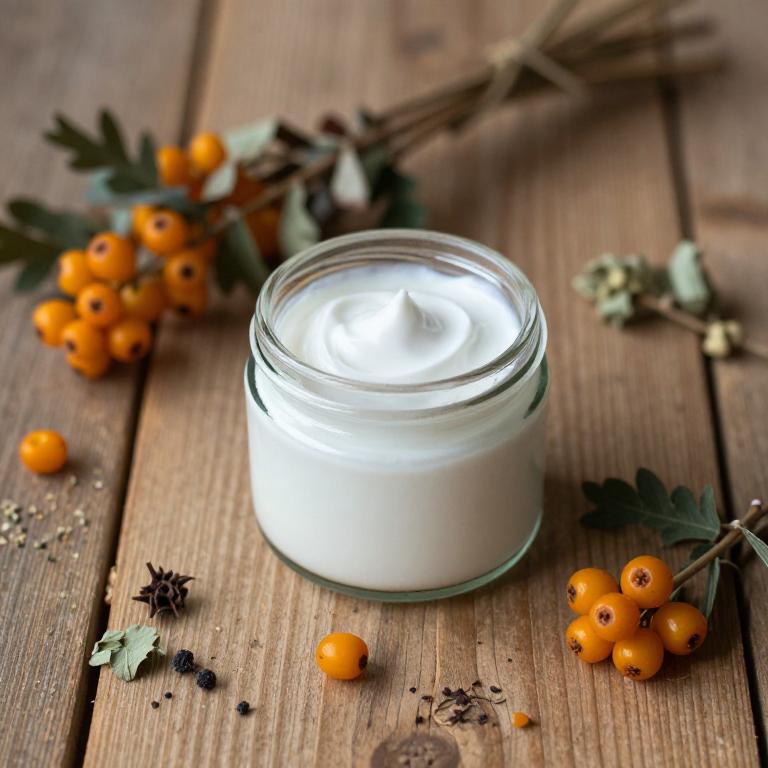
Rosa canina, also known as rosehip, is a natural ingredient widely used in herbal creams for puffy eyes due to its high concentration of essential fatty acids and antioxidants.
These creams are formulated to reduce inflammation and promote skin rejuvenation, making them effective for alleviating under-eye puffiness and dark circles. The anti-inflammatory properties of rosa canina help to soothe irritation and improve the overall texture of the delicate eye area. Regular use of rosa canina-based creams can lead to a more youthful and refreshed appearance around the eyes.
Additionally, these creams are generally gentle and suitable for sensitive skin, offering a safe alternative to chemical-laden products.
3. Camellia sinensis

Camellia sinensis herbal creams are formulated with ingredients derived from the leaves of the Camellia sinensis plant, which is well-known for its rich content of antioxidants and polyphenols.
These creams are specifically designed to target puffy eyes by reducing inflammation and improving circulation around the delicate eye area. The natural compounds in Camellia sinensis help to strengthen the skin’s barrier and promote a more even tone, making them a gentle yet effective option for sensitive skin. Many users report a noticeable reduction in under-eye swelling and dark circles after consistent use.
As a natural alternative to chemical-laden products, these creams offer a calming and soothing effect while supporting long-term skin health.
4. Urtica dioica
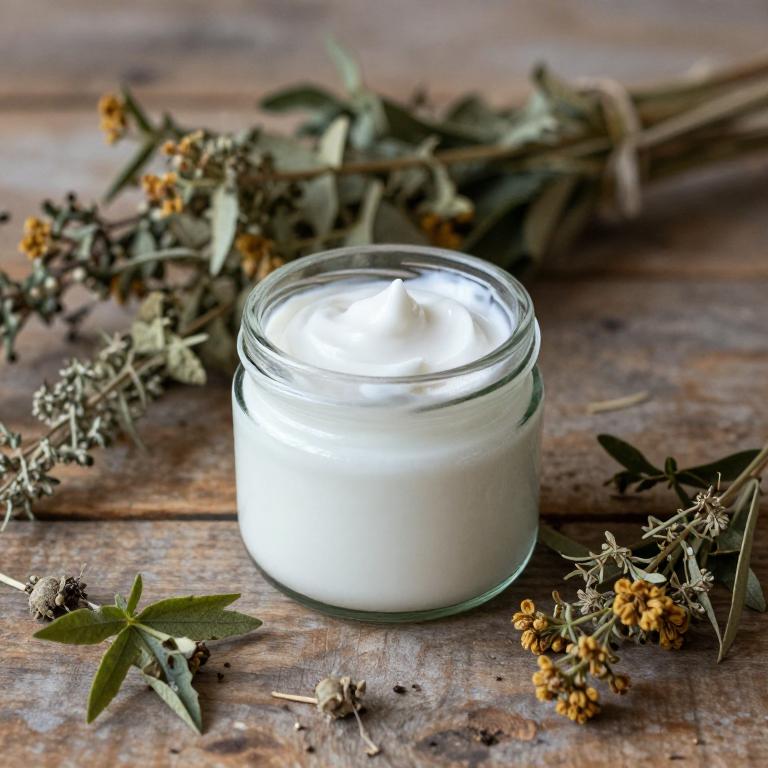
Urtica dioica, commonly known as stinging nettle, is a plant that has been used in traditional medicine for its anti-inflammatory and soothing properties.
Herbal creams containing Urtica dioica are often formulated to target puffy eyes, as they can help reduce swelling and irritation caused by allergies, fatigue, or environmental factors. These creams typically contain extracts of the plant's leaves, which are rich in antioxidants, vitamins, and minerals that support skin health. The cooling effect of the cream can provide immediate relief and a refreshing sensation around the delicate eye area.
When used regularly, Urtica dioica herbal creams may help improve the appearance of under-eye puffiness and promote a more rested, youthful look.
5. Silybum marianum

Silybum marianum, also known as milk thistle, is a herbal remedy that has gained popularity for its potential benefits in reducing puffy eyes.
This plant contains compounds like silymarin, which are known for their antioxidant and anti-inflammatory properties. When formulated into creams, silybum marianum can help soothe irritated skin and reduce the appearance of under-eye puffiness. These creams are often used as a natural alternative to over-the-counter treatments for dark circles and swelling.
However, it is important to consult with a dermatologist before using any herbal product to ensure it is suitable for your skin type and condition.
6. Lavandula angustifolia
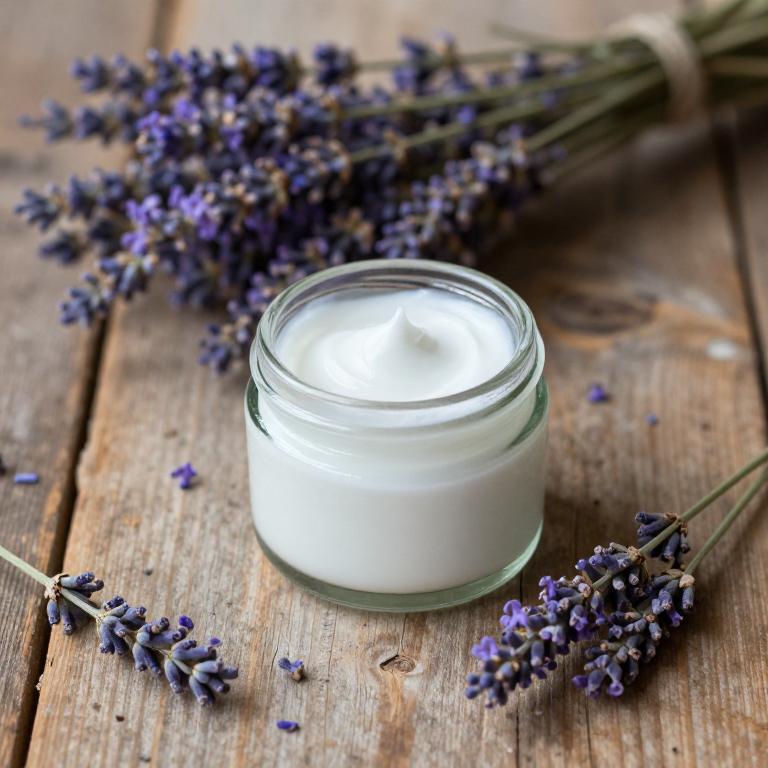
Lavandula angustifolia, commonly known as English lavender, is widely used in herbal creams for puffy eyes due to its soothing and anti-inflammatory properties.
These creams often contain essential oils and extracts of lavender, which help reduce swelling and irritation around the delicate eye area. The calming effect of lavender can also promote relaxation and ease stress-related puffiness. Additionally, the natural antioxidants in lavender may support skin health and enhance the overall appearance of the under-eye area.
When applied gently, lavender-infused creams can offer a natural alternative for those seeking relief from puffy eyes without harsh chemicals.
7. Vitex agnus-castus
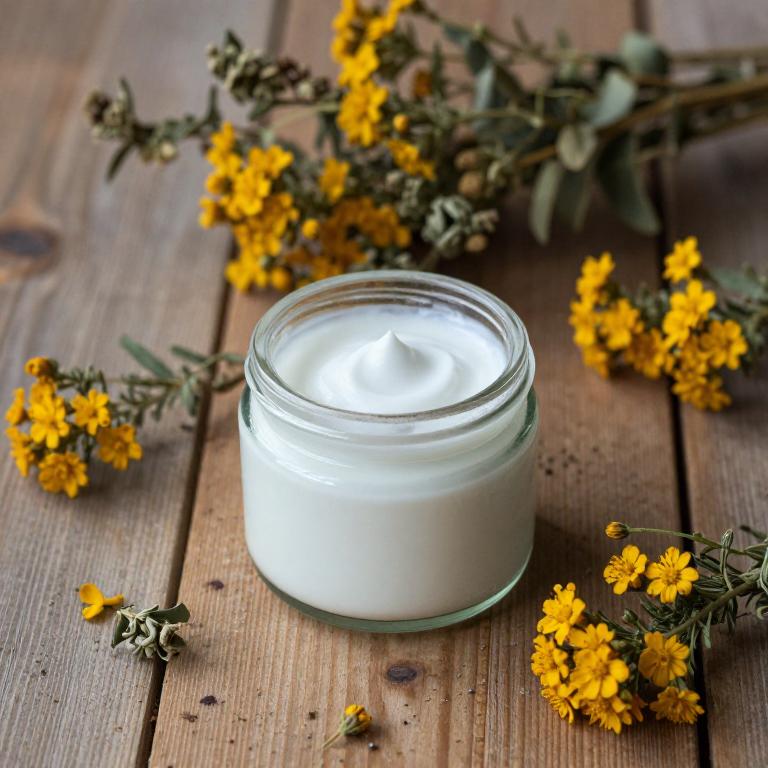
Vitex agnus-castus, also known as chaste tree berry, is a herbal ingredient often used in natural skincare products, including creams for puffy eyes.
These creams are formulated to help reduce under-eye puffiness by promoting circulation and calming inflammation. The plant is believed to have anti-inflammatory and antioxidant properties that support skin health and reduce the appearance of dark circles. Many users find that applying these creams regularly can lead to a more refreshed and youthful eye appearance.
However, it's important to patch test before use, as individual skin sensitivities may vary.
8. Cucurbita pepo
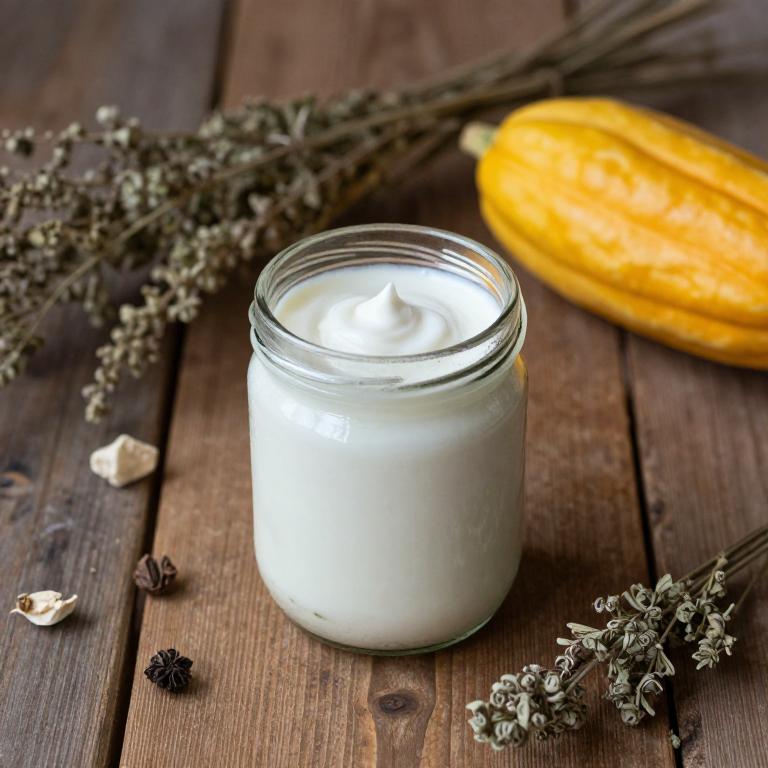
Cucurbita pepo, commonly known as the pumpkin plant, has been traditionally used in herbal remedies for its anti-inflammatory and soothing properties.
When incorporated into herbal creams, Cucurbita pepo can help reduce puffiness around the eyes by calming irritations and improving circulation. These natural creams are often enriched with other beneficial ingredients like calendula or chamomile to enhance their calming effects. The gentle formulation makes them suitable for sensitive skin, offering a safe alternative to commercial eye creams.
Overall, Cucurbita pepo herbal creams provide a natural and effective solution for alleviating puffy eyes and promoting a refreshed appearance.
9. Aloe barbadensis
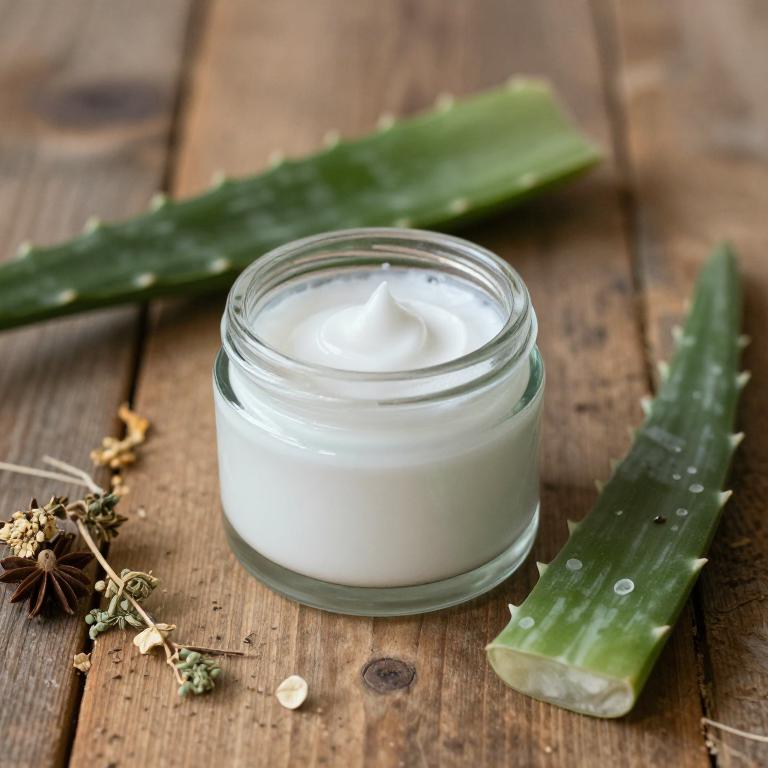
Aloe barbadensis, commonly known as aloe vera, is widely used in herbal creams for puffy eyes due to its soothing and anti-inflammatory properties.
These creams often contain aloe vera gel, which helps to reduce swelling and irritation around the delicate eye area. The natural compounds in aloe vera, such as polysaccharides and enzymes, promote skin healing and hydration, making it ideal for sensitive skin. Regular application of aloe-based eye creams can help alleviate dark circles, redness, and puffiness, providing a refreshing and calming effect.
As a natural remedy, aloe barbadensis herbal creams offer a gentle alternative to chemical-laden products for those seeking holistic skincare solutions.
10. Achillea millefolium
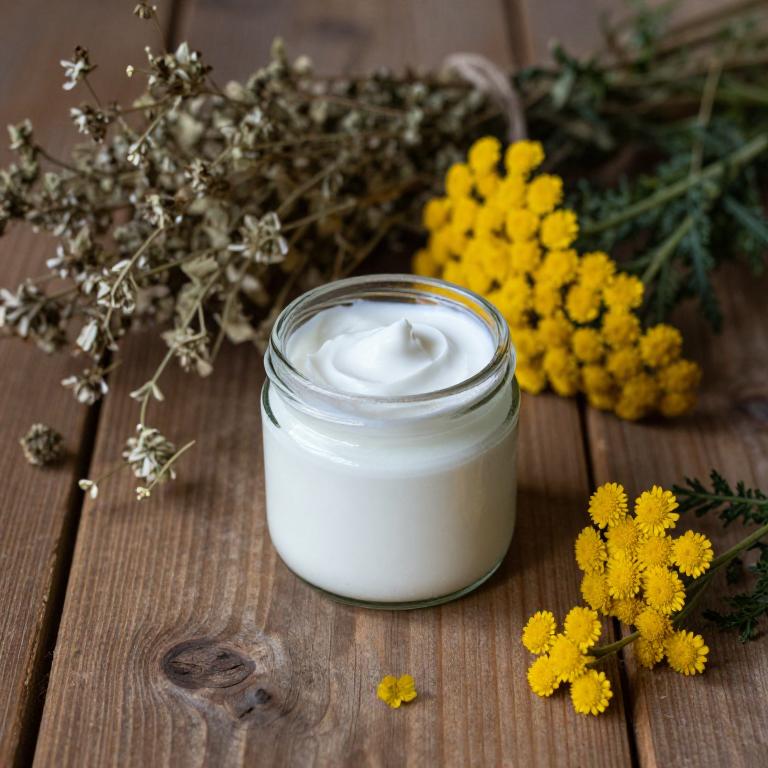
Achillea millefolium, commonly known as yarrow, is a traditional herbal plant that has been used for centuries for its anti-inflammatory and soothing properties.
When incorporated into herbal creams, it can help reduce puffiness and swelling around the eyes, making it a popular choice for those seeking natural remedies for under-eye concerns. These creams often combine yarrow with other calming herbs like chamomile or calendula to enhance their effectiveness and provide a gentle, nourishing effect on the delicate eye area. The anti-inflammatory compounds in yarrow may help alleviate irritation and dark circles, promoting a more refreshed appearance.
Overall, achillea millefolium herbal creams offer a natural, holistic approach to addressing puffy eyes and improving the overall health of the skin around the eyes.